Today we will be focusing on putting the information from our Bt trait options into practice and end with taking a look at the economics.
For the Facebook Live link, click here: https://www.facebook.com/LathamSeeds/videos/10156203873227138/
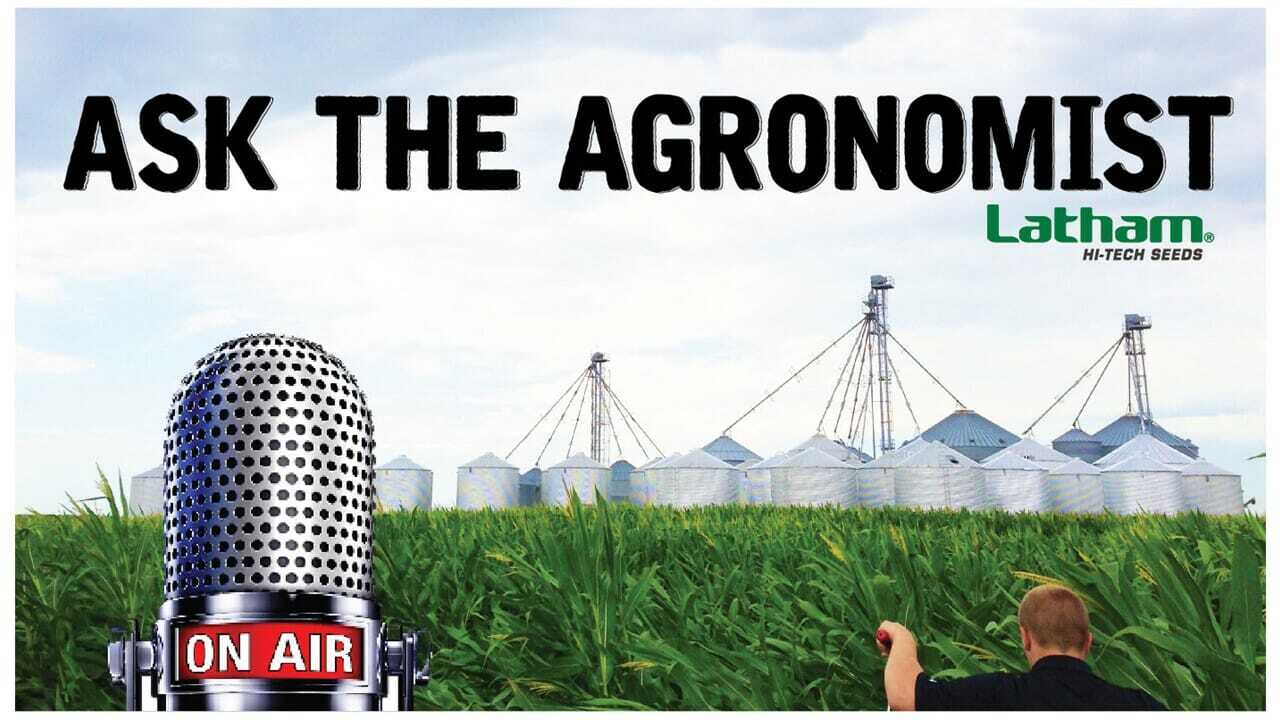
Today we will be focusing on putting the information from our Bt trait options into practice and end with taking a look at the economics.
For the Facebook Live link, click here: https://www.facebook.com/LathamSeeds/videos/10156203873227138/

Traited vs. Conventional corn, which is best for your operation? Tune in for a discussion with Phil & Kilah! https://www.facebook.com/LathamSeeds/videos/10156184246042138/
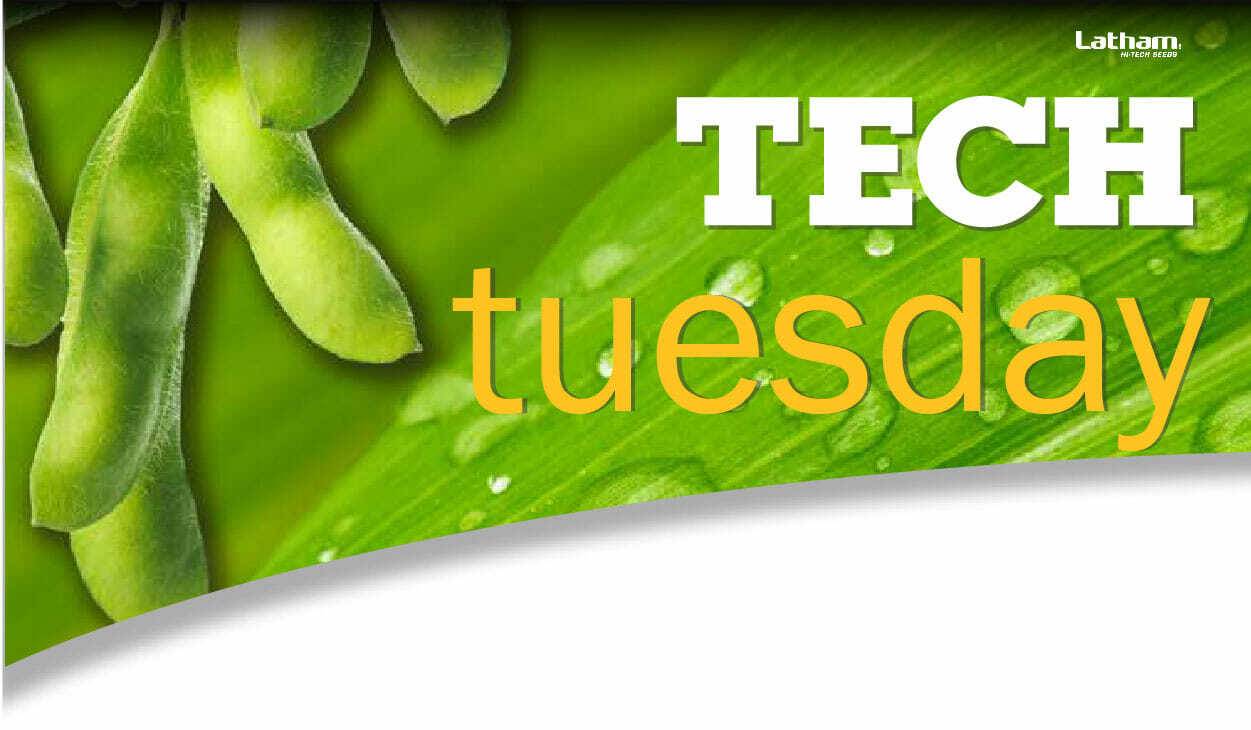
The precision ag world revolves around “variable rate” (VR) applications, which is typically where you unravel areas in fields where you can save input costs. Because we’re in our fourth year of low commodity prices, it’s a great time to see if variable rate seeding can increase your bottom line.
The first step is breaking you field into production zones, which should be managed differently based on their production potential. I’ve discussed the different data layers that can go into this decision, so I won’t cover it in this article.
The next step comes down to picking the right product and adjusting your seeding rates. Using Latham’s FieldXFieldSM service, we can determine the best hybrid for each situation. Choose a hybrid that will perform well on the majority of soil types in each field. If a field has uniform soils, then you need to use your historic knowledge of disease or other problems. Don’t pick a racehorse hybrid for a challenging field and wonder why it didn’t respond unless you plan on protecting it with a fungicide application, if necessary.
After you match the hybrid to your field, look at the ear flex noted in tables below the hybrids in our 2018 Product Guide. A Semi-Flex (SF) is usually your best option for a VR seeding application. If you’re looking at a Semi-Determinate (SD) hybrid, don’t count it out. All hybrids have some flex, but the SF will not give up as much yield in those lighter soils as the SD. A full Determinate ear would not be a good choice as it will give up the most yield if stressed by lighter soil conditions.
Be open to adjusting seeding rates more than 1,500 to 2,000 seeds per acre (spa). I normally like to see a swing of 3,000 to 4,000 spa when you’re trying VR seeding. Every soil type/hybrid combination has a different seeding rate sweet spot, so don’t expect to figure it out on your first try. When you pull the population down from 32,000 to 25,000 spa, plant spacing widens up another 2 inches and that dramatically changes the “competition” between plants. Suggested seeding rates can also be found in our product guide.
*Disclaimer: Seed placement and precision equipment are very important. You won’t see an advantage if your planter plants more doubles and skips than it does well-placed seed. When you lower populations on lighter soils, each corn plant needs enough space so it’s not crowded when it comes to its roots and canopy.
Variable rate seeding may provide that additional boost to your bottom line by bumping up yields in your top-yielding areas. Instead the focus is on lowering seed costs and maintaining yield on those areas that never seem to meet yield expectations. Experimenting on your farm is the best way to find an answer to this question. If you have the technology on your planter, make 2018 the year you give it a try! I’ll gladly help where I can, so feel free to give me a call.

Phil Long talks about the what, why and how of variable rate seeding. For the Facebook Live conversation, click here: https://www.facebook.com/LathamSeeds/videos/10156143070902138/

Phil Long wraps up our Profitability Series! Tune in as he talks about seed traits, treatments and crop rotation. Have a great day!
For the Facebook live version, clicker here: https://www.facebook.com/LathamSeeds/videos/10156043160802138/

It’s that time of the year when we reflect upon the decisions we made last year and make changes for 2018. Many farmers will base next year’s planting decisions based only off this year’s results, so please avoid making that huge mistake!
Base your decision on facts and results but also the odds. Odds are, the 2018 growing season isn’t going to be exactly like the 2017 growing season. We can’t control Mother Nature, so spread risk by planting packages of both corn hybrids and soybean varieties.
Resist the urge to plant that racehorse hybrid or winning soybean variety on most of your acres! The breadth of Latham’s product strength is evident from our F.I.R.S.T. Trial performance. Multiple Latham brand products placed in the Top 10 at multiple trial locations.
At printing time, we have 34 wins in soybeans and 17 wins in corn. We also have 293 Top 10 performances in soybeans and 220 in corn so far. With such great harvest results, it’s easy to order the yield trial winners. It’s important, however, that you do NOT buy based exclusively on this year’s winning results.
At Latham Hi‑Tech Seeds, we select products bred to perform in specific geographies. The Latham team also takes pride in making sure only the highest quality seeds go in the bag, which is evident with the yield results we saw again this year in the F.I.R.S.T. Trials seed tests!
Take the time to review your farm, field- by- field, and place the product for every acre! Seed selection is one of the important decisions a farmer will make. It’s well documented that the ability to reach yield potential begins with the seed. At Latham Hi‑Tech Seeds, we want to work with you to reach new yield levels in 2018!

 Once the busy harvest season winds down, many of us reflect on those spots that stuck out in each field. Maybe it was a spot that yielded 80+ on soybeans or 250+ on corn, or maybe it sticks out for the opposite reason.
Once the busy harvest season winds down, many of us reflect on those spots that stuck out in each field. Maybe it was a spot that yielded 80+ on soybeans or 250+ on corn, or maybe it sticks out for the opposite reason.
Variability on your farm influences the decisions you make throughout the rest of the year. We consider two types of variability — spatial and temporal — in precision ag.
Spatial variability refers to different patterns in an area or space. This is influenced by physical things that don’t change quickly, such as soil type, texture, structure, depth of topsoil and organic matter. These physical soil properties are directly related to the chemical properties of your soil, including water holding capacity, nutrient availability and buffer capacity. All of them impact yield potential.
Temporal variability in a field refers to the patterns between growth stages and/or seasons. One way this variability is evident is how a hybrid or variety responds to environmental stress. We all have areas within our fields that yield poorly one year and then produce top yields the following year. This is a combination of the underlying soil properties and how the hybrids/varieties respond to environmental conditions. No two seasons are alike!
We understand that no two fields are alike either. Latham’s hallmark FieldXField™ crop planning process helps you choose the right product for each field. As an agronomist, I think of G x E x M why picking products on a field-by-field basis is the #1 thing you can do to set yourself up for the best yield potential.
Temporal and spatial variability are key to understanding whether the yield variability in our field is consistent or inconsistent. Once you know how to categorize those areas, then you can put a variable rate program to work on your farm.
This year we’re piloting the Seed-2-Soil® Advanced Program, which uses several years of yield data alongside soil, imagery, your personal input, and any other available data layers to determine how to treat each of those areas. The power is in the multiple years of yield history. Even if you don’t have several years of yield data, there is still a lot of data we can use to create these areas within each field.
If you have fields that you know would benefit from variable rate management, feel free to call me and we can discuss different options. If you’re thinking about incorporating some precision services on your farm, I would be happy to have that discussion, as well.

Ear rot has been present in some corn fields that were harvested this year. These diseases can reduce the quantity and quality of the corn being harvested, and they can also produce mycotoxins that might be harmful to livestock and even humans.
These diseases can continue to cause problems in stored grain unless it is closely monitored and maintained in the best possible condition.
Scouting fields prior to harvest is key to avoiding situations caused by mold. A pre-harvest field check can help farmers to determine: (1) if ear mold is present; (2) what type of mold is present; and (3) how severe the infestation is.
One method you can use when scouting fields for ear rots is to tear back the husks on 100 plants scattered randomly throughout the field. If you find 10% or more of the ears have mold on 25% or more of the ear, that field should be harvested immediately and dried to at least 15% moisture. (NOTE: If you plan to turn in a claim for that field to your crop insurance provider, do that before harvesting. The insurance adjuster may need to see proof of the ear rots in the field as opposed to just seeing it in the stored grain.)
Samples of that grain should be tested to see what mycotoxins, if any, are present. You should then consult with someone like an extension specialist or veterinarian to decide the best method of using that grain.
Corn ear rots and molds are present every year, but the severity and type of infestation is highly weather dependent and greatly depends on the region where the farm is located. Fungal pathogens that cause ear rots will remain in the soil for several years. Crop rotation and heavy tillage may help reduce spore survival. Planting hybrids with traits that provide above-ground insect protection and reduce ear damage might also be beneficial.
If you browse online for other ear mold management practices, you will see it’s suggested to plant hybrids with known tolerance to these diseases. Unfortunately, most companies do very little screening for ear mold pathogens, simply because they are so varied and the instances of severe infestations are so rare. In the case of corn ear rots, the best offense is the best defense! Make time to scout each field for ear rots before harvest.

Welcome back! It’s been a wet and cold fall for many farmers in our marketing territory. Today, our Agronomy Specialist, Phil Long, discusses different types of ear rot he has seen in the field and how to plan for the next year.
Thanks for tuning in and have a safe harvest.

We know it’s hard to patiently wait for fields to dry up before continuing #harvest17. Phil Long, our Agronomy Specialist, gives advice and shares identifying factors to look for when prioritizing fields. Tune in to hear what he has to say! Below are images Phil refers to in the podcast.
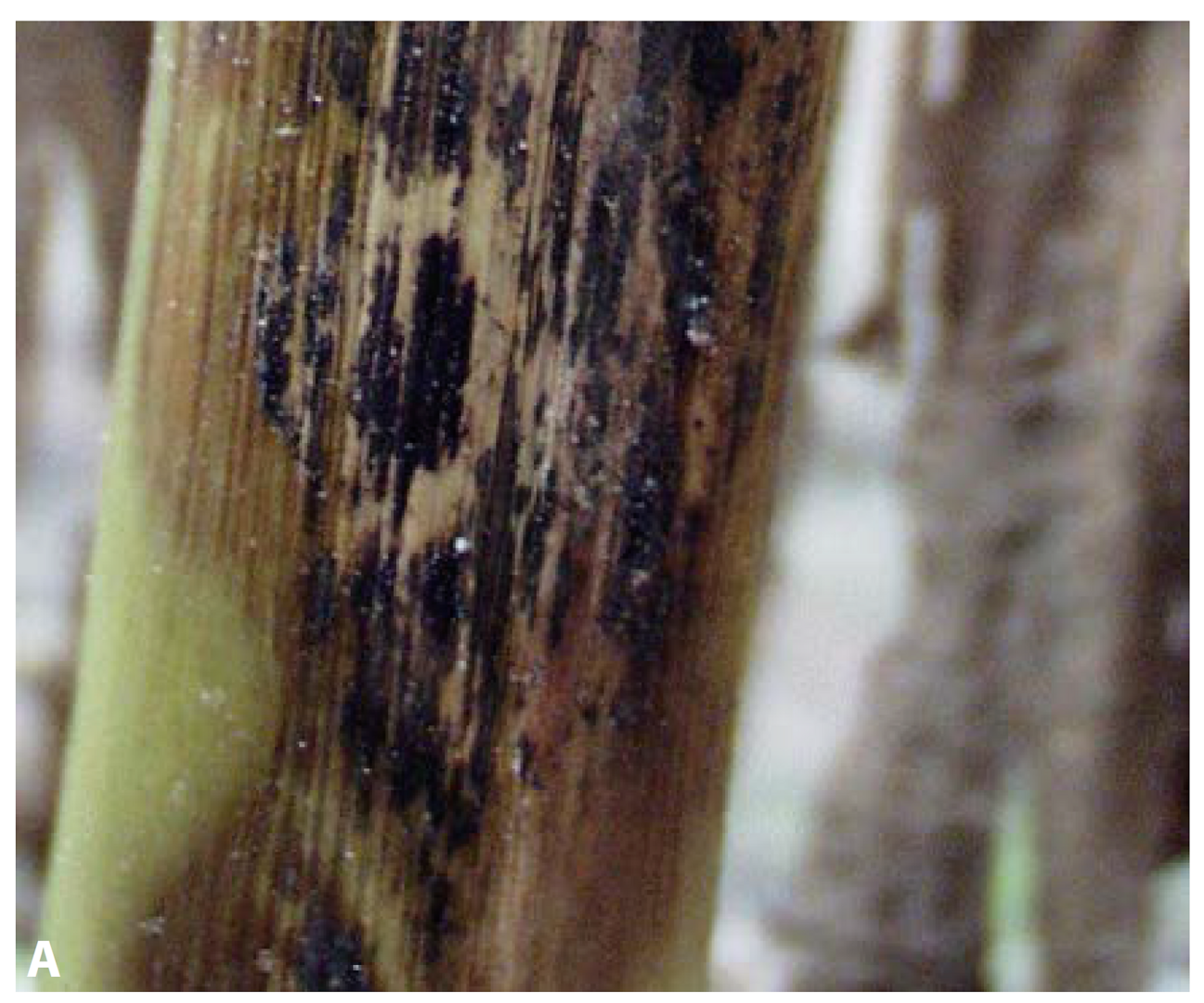
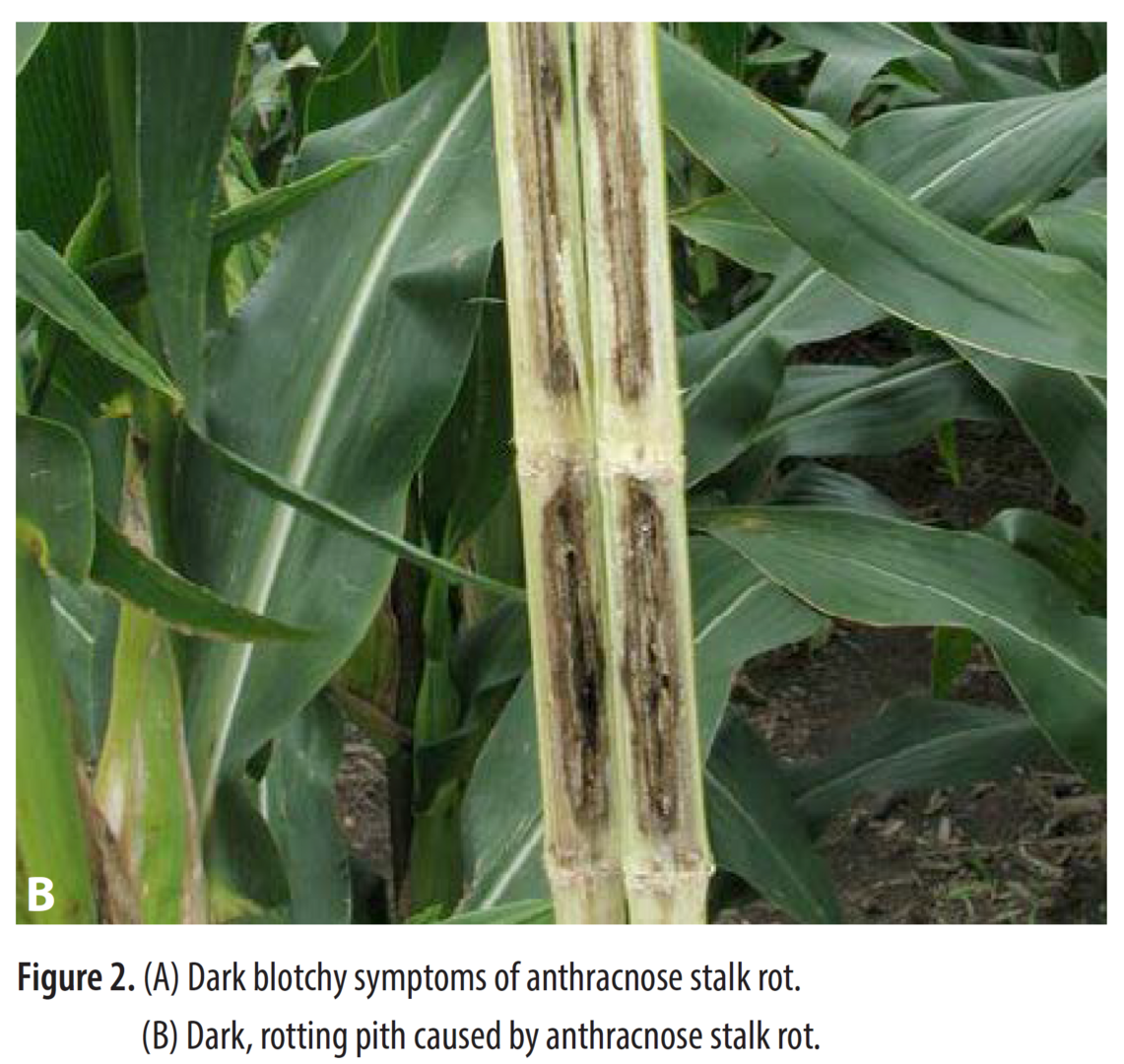
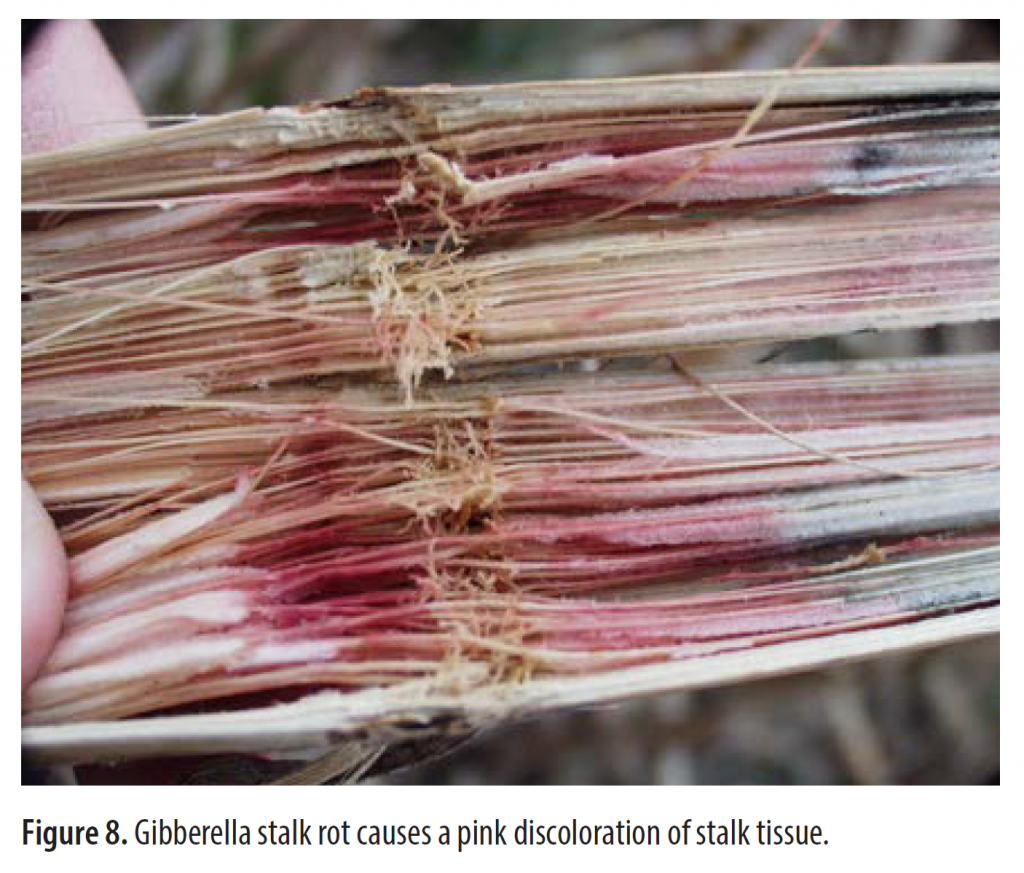
Have a safe and happy harvest!